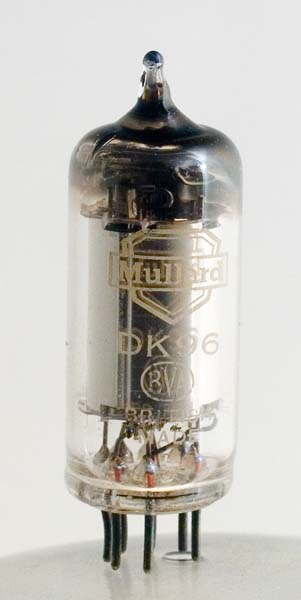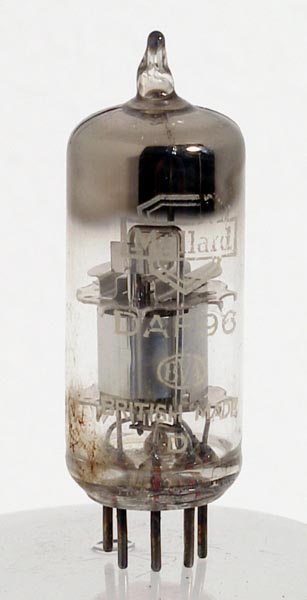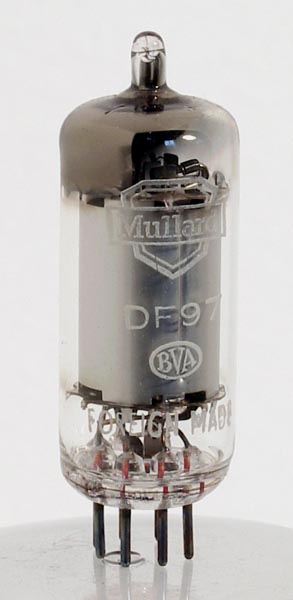|
  
Can the DK96, DAF96 & DF97 valves stop the advance of the transistor?
There has always been a strong public demand for the small personal portable receiver and nothing is more certain than that many more would have been sold were it not for the fact that running costs have hitherto been high. Battery power in the form of miniature high-tension units is necessarily expensive-much more so than in the form of batteries made up of larger cells.
The obvious solution is to use transistors, which dispense with filament heating and can also be operated entirely from inexpensive low-tension cells. Already the transistor has ousted the valve in hearing aids, and at least one portable radio receiver has appeared with transistors in all its stages. This is quite an achievement as it is not so easy to match valve performance at high frequencies with the junction transistors.
Another solution, which has been adopted in the Grundig 200 portable, is to use valves for the RF and IF stages and transistors in the output stage. In any receiver the output stage accounts for the greater part of the power consumed and if this drain can be transferred from the HT to the LT battery, running costs are materially reduced. In the Grundig circuit the valve HT consumption totals only 3.5 mA from a 67.5 V battery.
This is divided between the DK96 frequency changer (1.77 mA), DAF96 IF amplifier (1.07 mA) detector and 1st AF amplifier (0.055 mA) and DF97 driver (0.6 mA.
In the output stage two OC72 transistors in push-pull require a standing quiescent current of 1.7 mA from the 6 V LT battery and an interesting feature is the use of a thermistor in parallel with one of the bias stabilizing resistors to help in compensating for changes in ambient temperature. The output stage would take about 15 to 20 mA on average music, and the 1.4 V filaments in series about 25 mA.
|